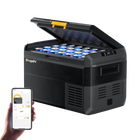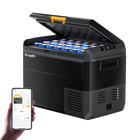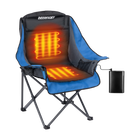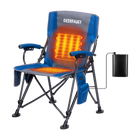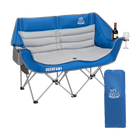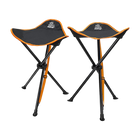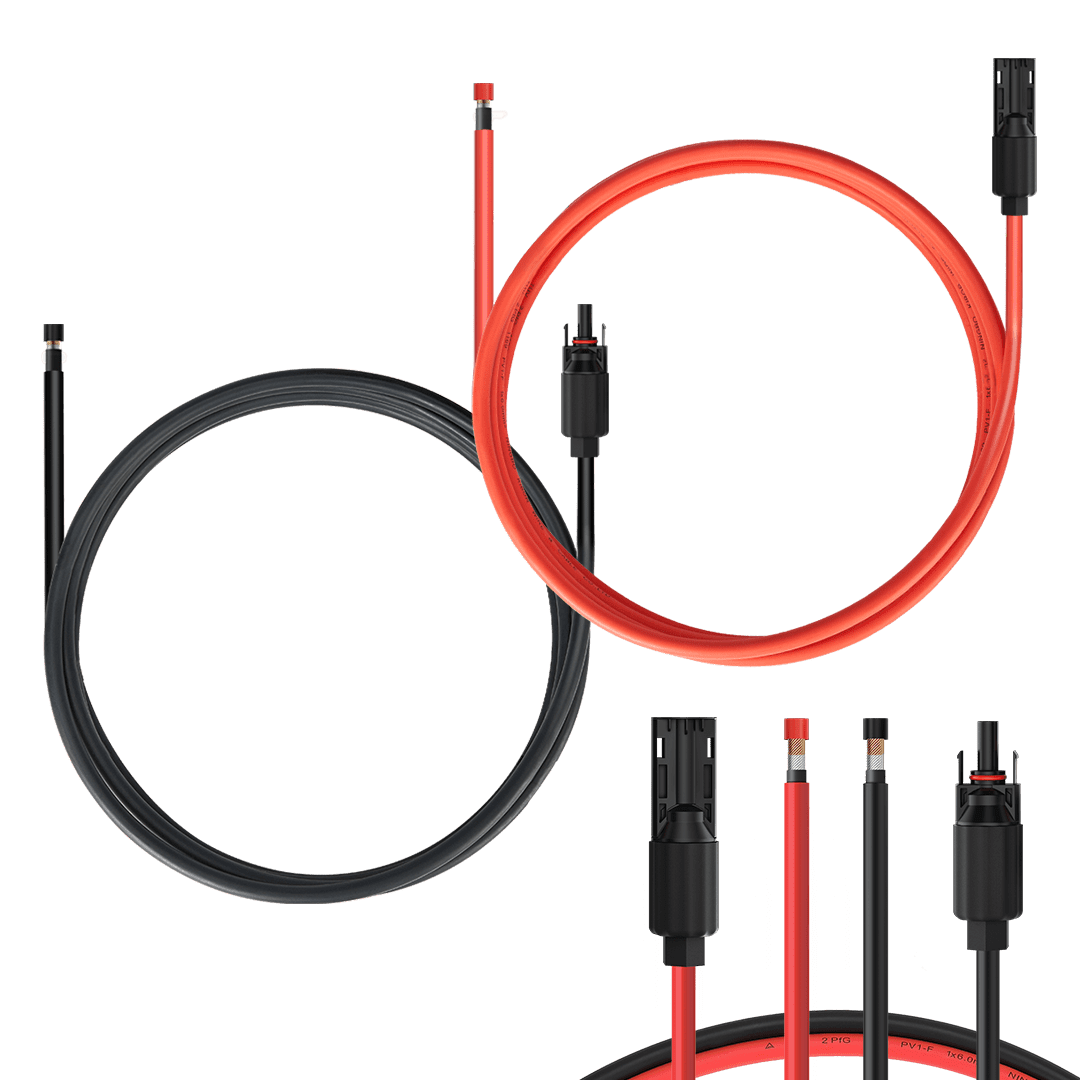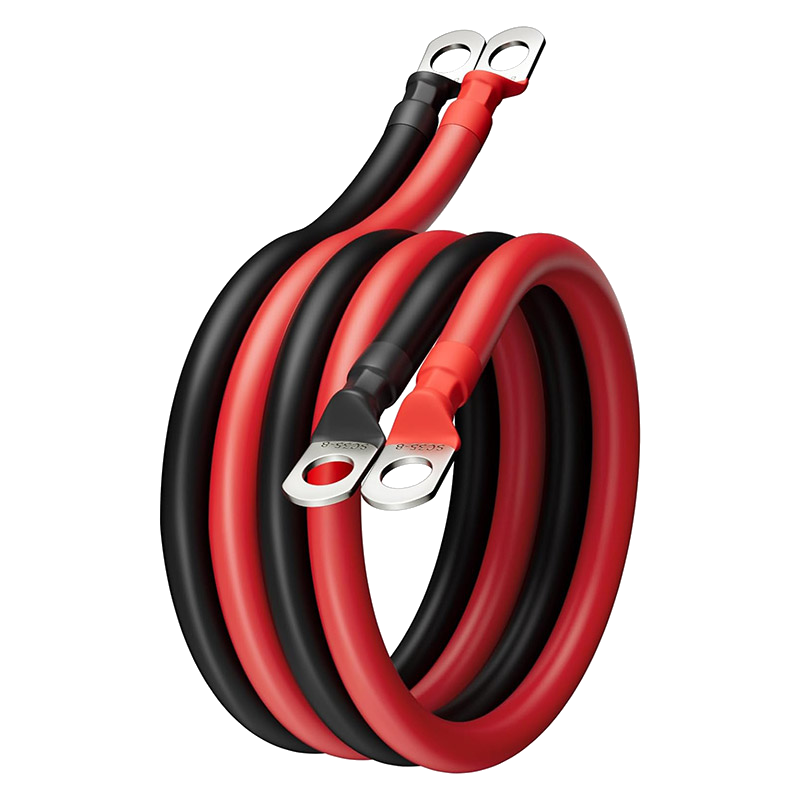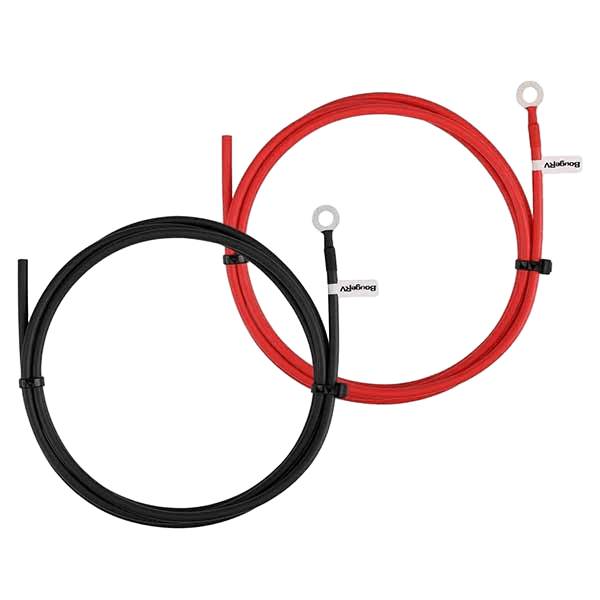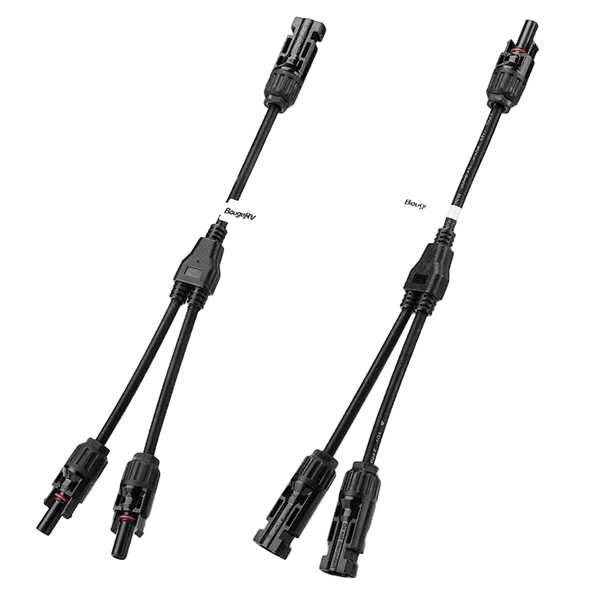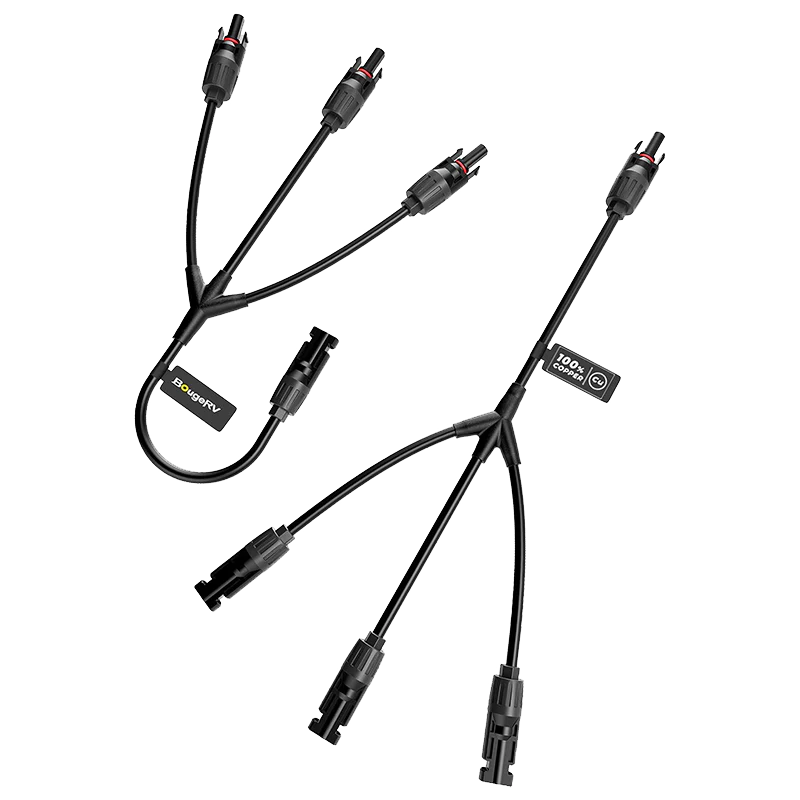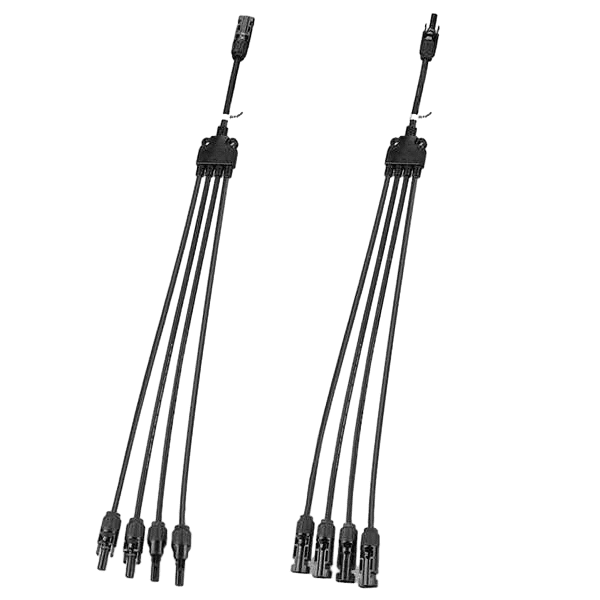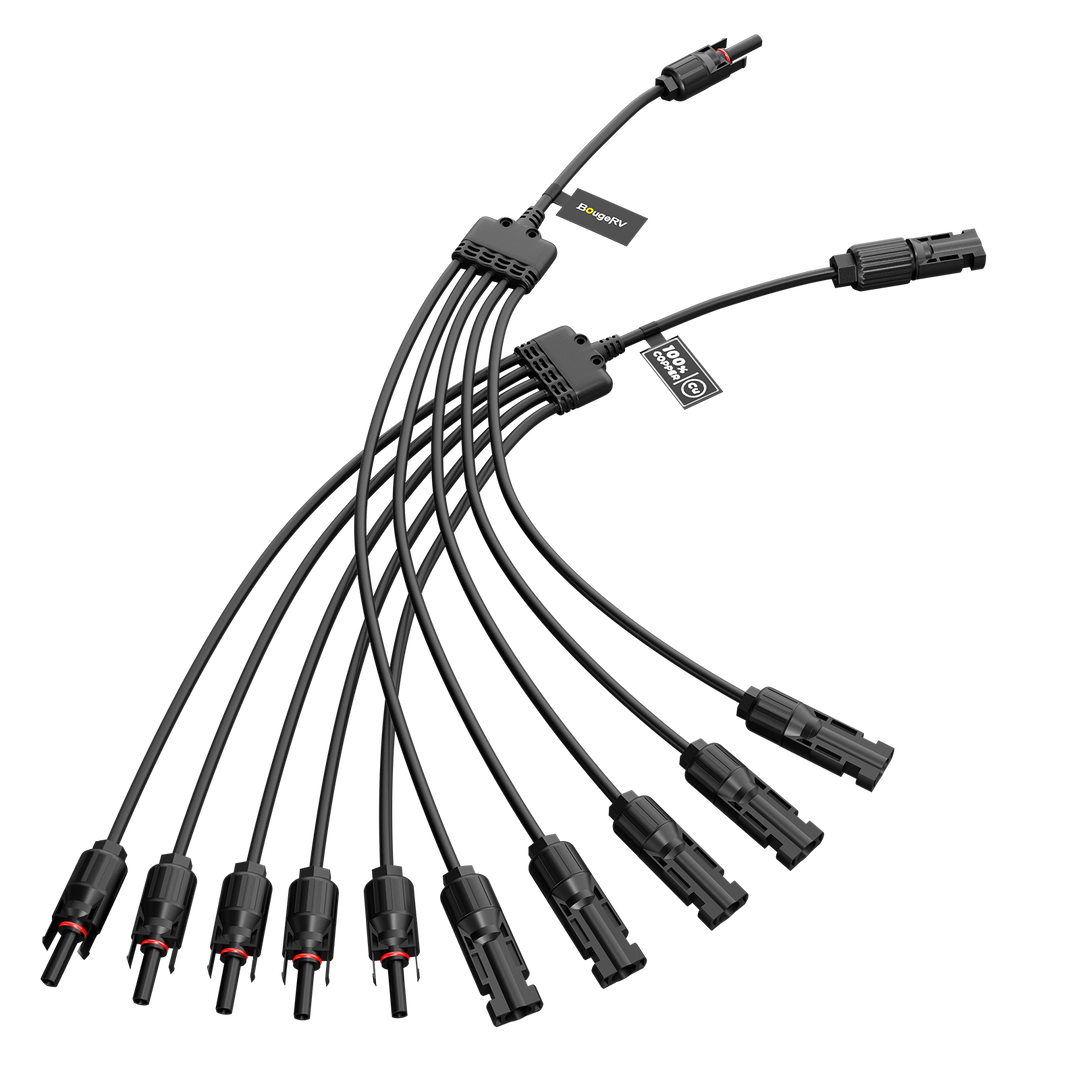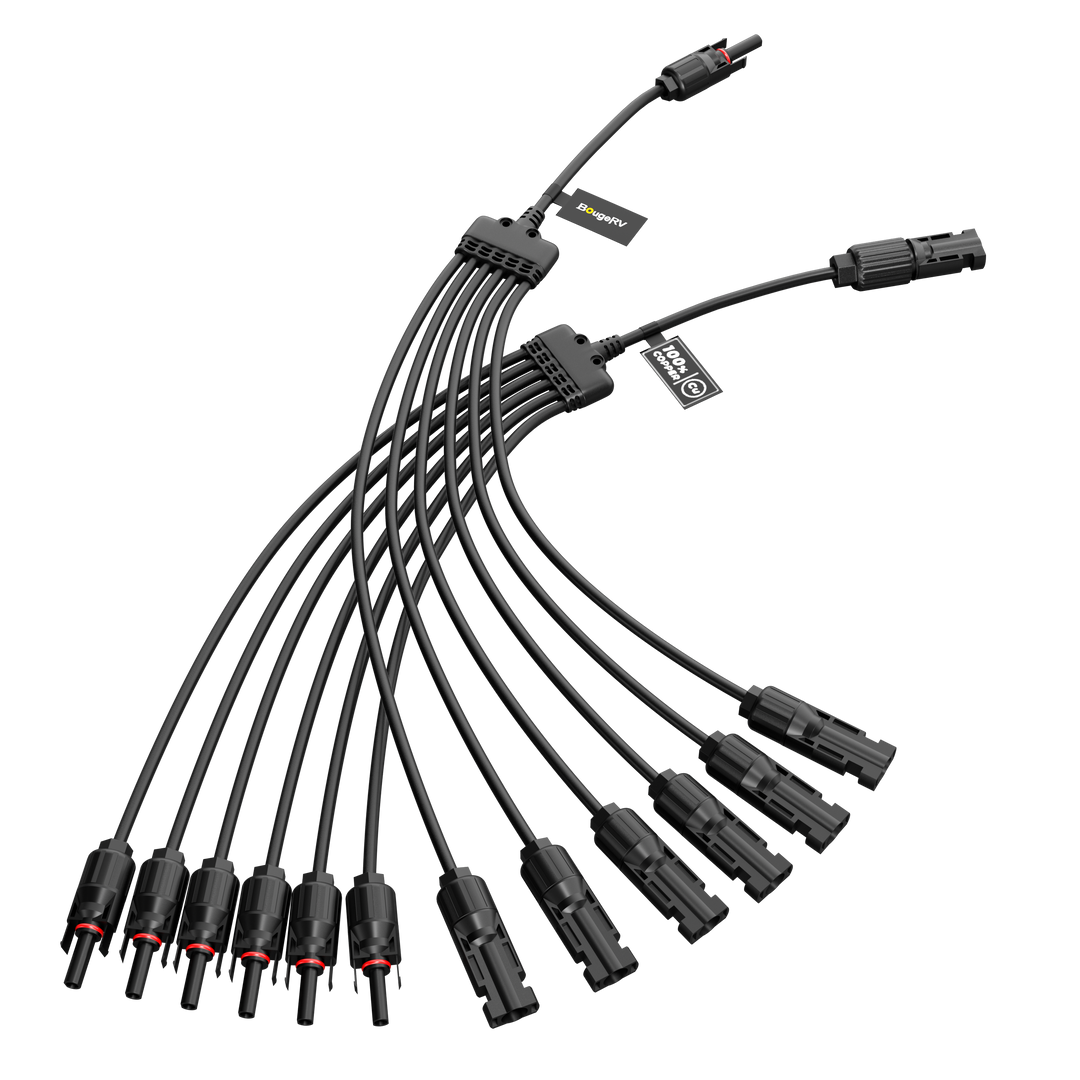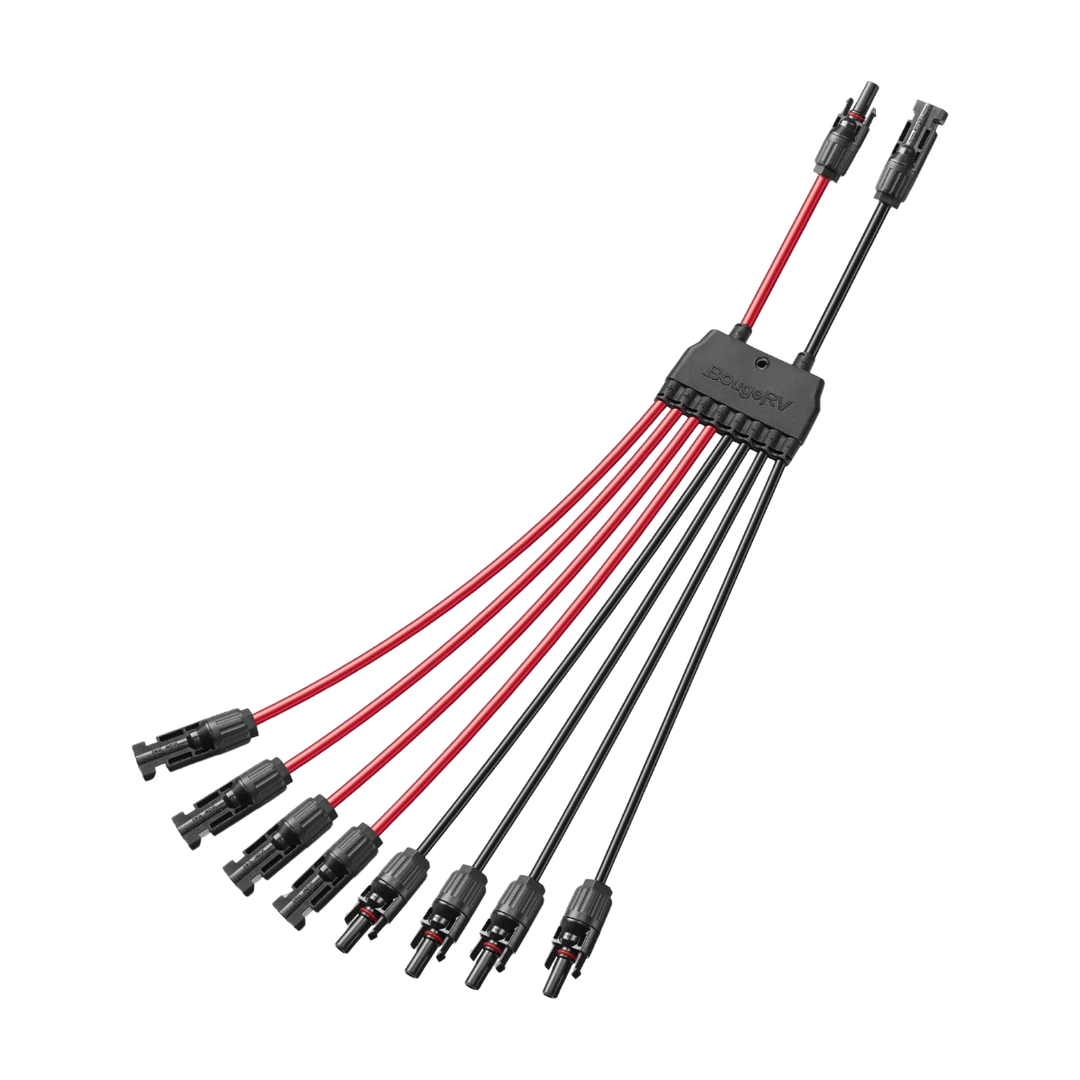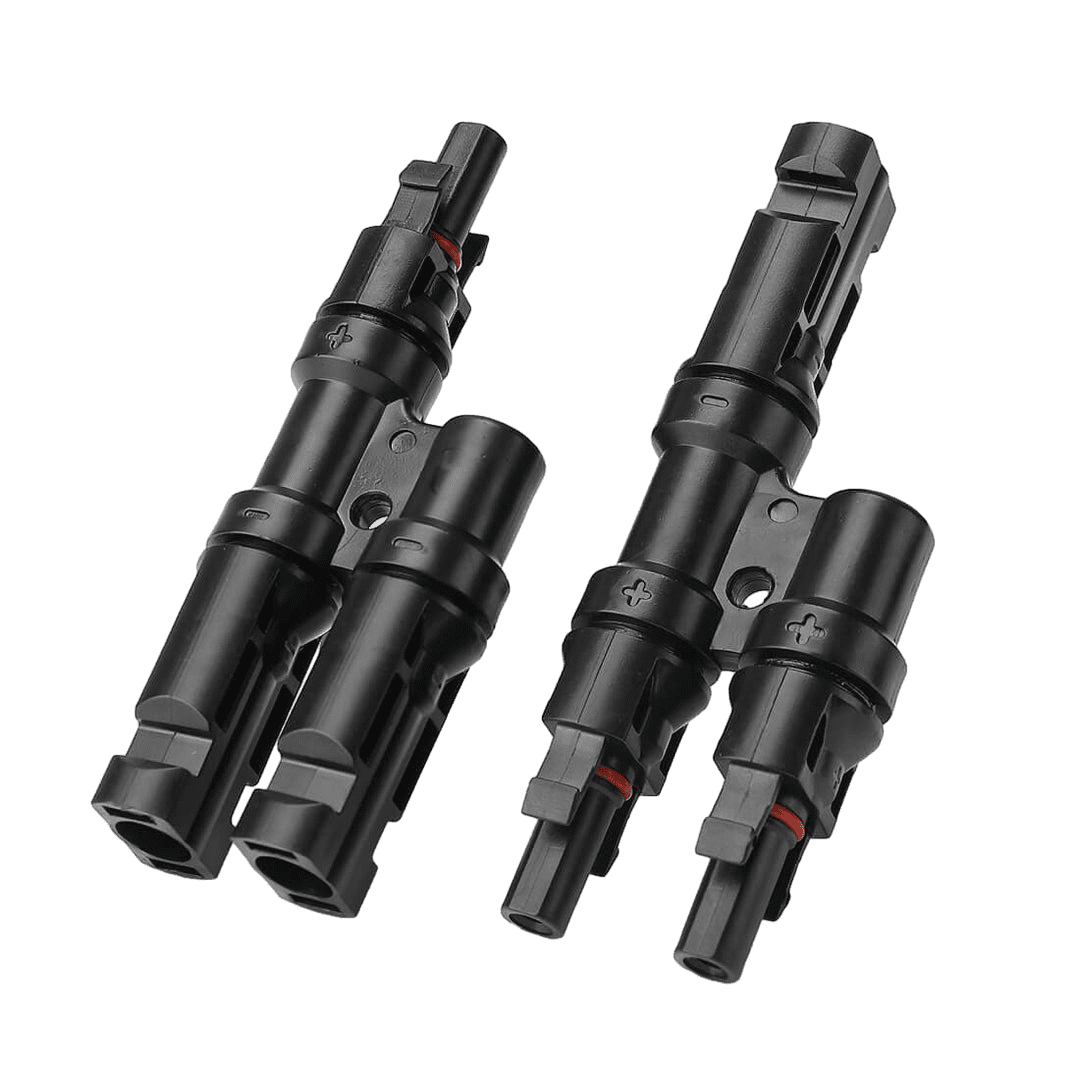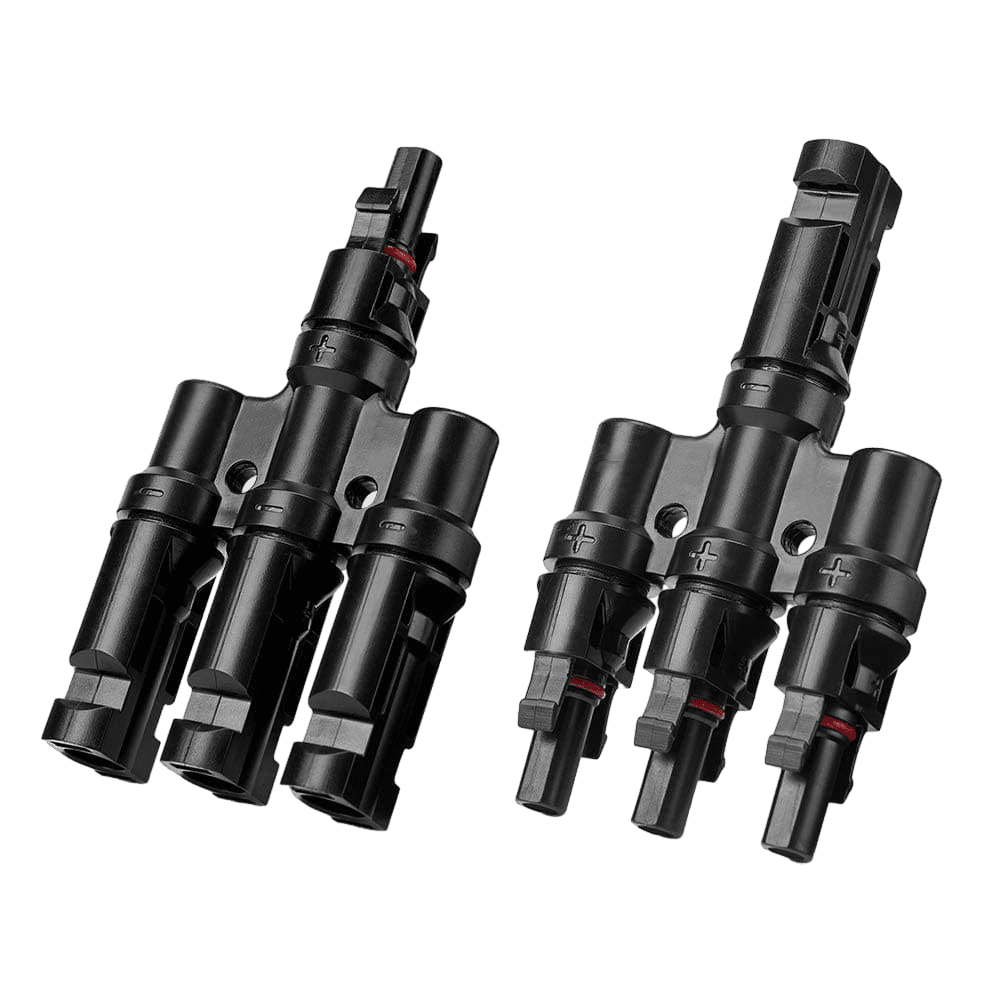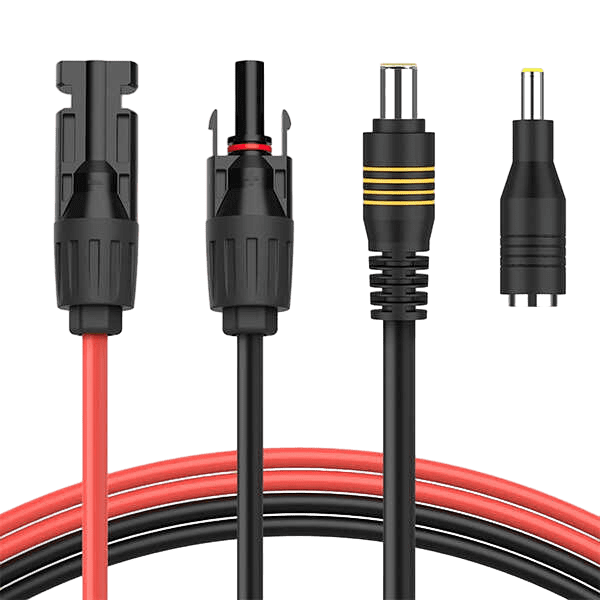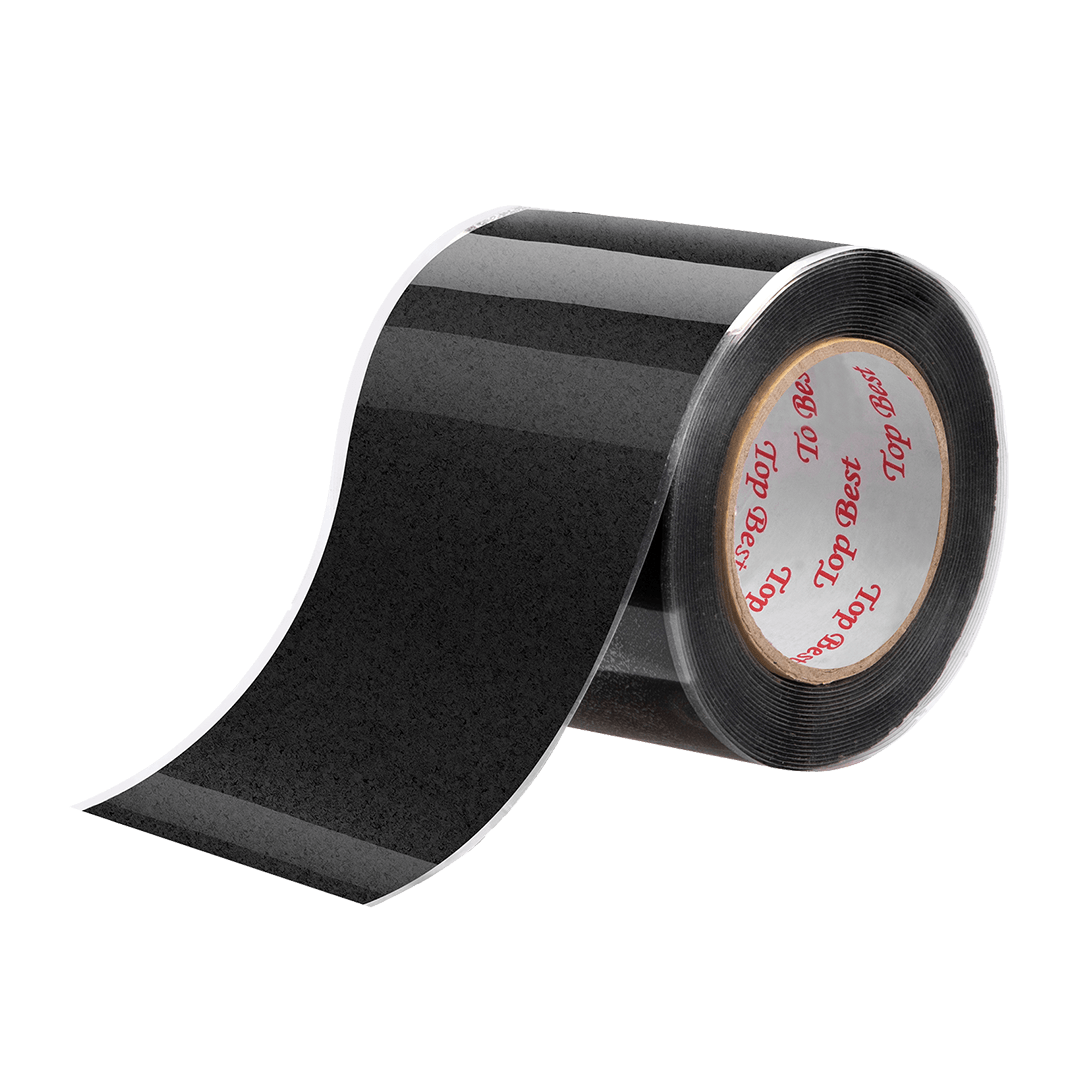Solar Connectors& Cables
Fuse holders, mounting brackets, solar panel cables, and MC4 connectors are all important parts of your solar power system. All of these parts are used for connecting your solar panels to your batteries, protecting your solar power system, and changing the angle of your solar panels. Designed for durability and easy installation, our collection includes MC4 connectors, extension cables, Y branch adapters, and more—ideal for RVs, boats, cabins, and home solar systems.
Fuse holders, mounting brackets, solar panel cables, and MC4 connectors are all important parts of your solar power system. All of these parts are used for connecting your solar panels to your batteries, protecting your solar power system, and changing the angle of your solar panels. Designed for durability and easy installation, our collection includes MC4 connectors, extension cables, Y branch adapters, and more—ideal for RVs, boats, cabins, and home solar systems.
Learn more about SOLAR Panel connectors
MC4 connectors are industry-standard connectors used to link solar panels together. They provide a secure, waterproof connection that ensures safety and efficient power transfer in solar systems.
No. Solar panels require UV-resistant, weatherproof cables—typically 10 AWG or 12 AWG PV wire—designed to handle high voltages and outdoor conditions. BougeRV cables are built specifically for solar applications.
Y branch connectors (parallel connectors) allow you to connect two or more solar panels in parallel, helping increase amperage while maintaining voltage.
Yes. BougeRV MC4 connectors and cables are universally compatible with most major solar panel brands that use standard MC4 connections.
Choose the shortest length possible to minimize power loss. BougeRV offers various lengths (e.g., 10ft, 20ft, 30ft, 40ft) to fit different setups without sacrificing efficiency. More details from this article: How to Choose Solar PV System Wiring









